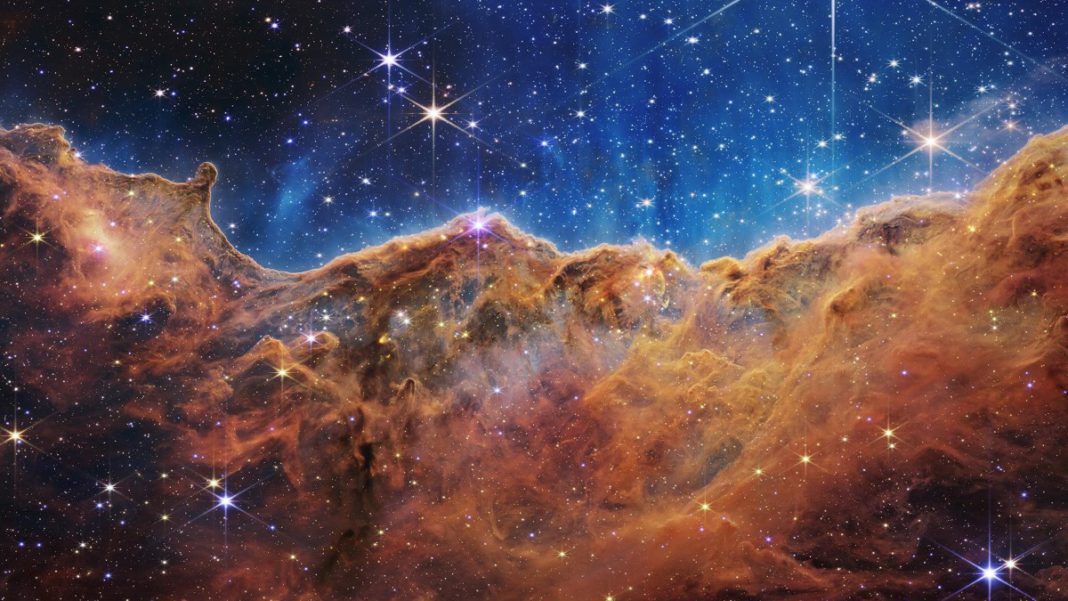INDIA: The puzzling vacuum catastrophe paradox challenges our understanding of the fundamental nature of the universe. The universe is a vast expanse of matter, energy, and empty space. While the concept of empty space may seem straightforward, scientists have uncovered the mind-boggling paradox lurking within the void.
In classical physics, the vacuum is often thought of as empty, devoid of any particles or energy. However, according to quantum physics, the vacuum is far from empty. It seems that virtual particles spontaneously pop in and out of existence, lending a dynamic and fluctuating nature to seemingly empty space.
The vacuum catastrophe paradox arises when physicists attempt to calculate the energy within the vacuum using quantum field theory.
According to this theory, the vacuum should possess an energy density known as zero-point energy. This energy arises from the constant fluctuations and quantum interactions of virtual particles.
The paradox lies in the observation that when physicists calculate the expected value of the zero-point energy, they encounter a staggering discrepancy.
The predicted energy density is inconceivably large, with estimates reaching magnitudes that defy our understanding of the universe.
The calculations indicate that the vacuum should possess an astronomical amount of energy, leading to a catastrophic outcome.
If this indication were true, the gravitational effects of the vacuum energy would be immense, drastically altering the structure of space-time and causing the universe to expand at an accelerated rate.
This contradiction between theory and observation poses a significant challenge to physicists. It highlights a fundamental gap in our understanding of the vacuum and raises questions about the nature of space, energy, and the fabric of the cosmos.
Scientists have proposed various solutions to resolve the vacuum catastrophe paradox. One possibility lies in the renormalization concept, a mathematical technique that removes infinities that arise in quantum field theory calculations.
Physicists can effectively cancel out the excessively high values and obtain more reasonable predictions for the zero-point energy by applying renormalization.
Another avenue of exploration involves the concept of dark energy, a mysterious force responsible for the universe’s accelerated expansion.
Some researchers suggest that vacuum energy could be related to dark energy, offering a potential explanation for its seemingly elusive nature.
Moreover, ongoing experiments and observations in cosmology and particle physics aim to shed light on the vacuum catastrophe paradox.
Scientists hope to gain deeper insights into the properties of empty space and the true nature of vacuum energy by studying the universe’s behaviour on macroscopic and microscopic scales.
Understanding and resolving the vacuum catastrophe paradox could have profound implications for our understanding of the universe. It challenges long-held beliefs and pushes the boundaries of scientific inquiry.
As physicists grapple with this enigma, they move closer to unravelling the mysteries of the cosmos and unlocking the secrets hidden within the seemingly empty void.
Also Read: The Fermi-Pasta-Ulam-Tsingou Paradox Reveals Astonishing Insights into Nonlinear Dynamics



